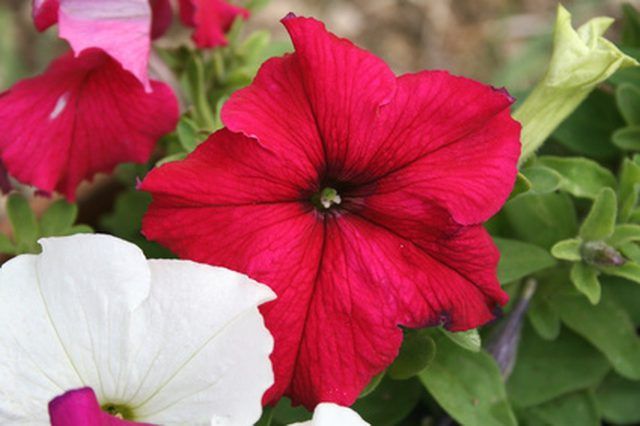Bulbs
Flower Basics
Flower Beds & Specialty Gardens
Flower Garden
Garden Furniture
Garden Gnomes
Garden Seeds
Garden Sheds
Garden Statues
Garden Tools & Supplies
Gardening Basics
Green & Organic
Groundcovers & Vines
Growing Annuals
Growing Basil
Growing Beans
Growing Berries
Growing Blueberries
Growing Cactus
Growing Corn
Growing Cotton
Growing Edibles
Growing Flowers
Growing Garlic
Growing Grapes
Growing Grass
Growing Herbs
Growing Jasmine
Growing Mint
Growing Mushrooms
Orchids
Growing Peanuts
Growing Perennials
Growing Plants
Growing Rosemary
Growing Roses
Growing Strawberries
Growing Sunflowers
Growing Thyme
Growing Tomatoes
Growing Tulips
Growing Vegetables
Herb Basics
Herb Garden
Indoor Growing
Landscaping Basics
Landscaping Patios
Landscaping Plants
Landscaping Shrubs
Landscaping Trees
Landscaping Walks & Pathways
Lawn Basics
Lawn Maintenance
Lawn Mowers
Lawn Ornaments
Lawn Planting
Lawn Tools
Outdoor Growing
Overall Landscape Planning
Pests, Weeds & Problems
Plant Basics
Rock Garden
Rose Garden
Shrubs
Soil
Specialty Gardens
Trees
Vegetable Garden
Yard Maintenance
How to Transplant Petunias
How to Transplant Petunias. Petunias are ornamental flowers that are often found in both flower beds and containers. They come in many varieties and colors, which makes them a gardener's favorite. Grandiflora petunias are cascading petunias, usually selected for use in hanging baskets or atop rock walls. Multiflora petunias are shorter, and tend to...

Petunias are ornamental flowers that are often found in both flower beds and containers. They come in many varieties and colors, which makes them a gardener's favorite. Grandiflora petunias are cascading petunias, usually selected for use in hanging baskets or atop rock walls. Multiflora petunias are shorter, and tend to have more blooms, even though the blooms are smaller. While they are relatively easy to grow and maintain, when it is time to transplant your petunias, no matter which type you have, there are a few steps you should follow.
Things You'll Need
Shovel
Larger pot
Potting soil
From Seedling Pot to Bed
Wait until all danger of frost has passed for your growing area.
Select a bedding site that is full sun to part shade, and that has well-drained soil. Dig a hole for the petunias that is as deep and wide as the pot was. If transplanting more than one petunia plant, space the holes 12 inches apart. If you are transplanting the spreading variety, space the holes 24 inches apart.
Remove the petunias from the pots. Try not to damage or disturb the root system or the soil that is surrounding the roots.
Place the petunias into the ground, and cover firmly with soil.
Water well.
From Pot to Pot
Select a new pot that is larger than the current pot.
Fill the pot 1/2 full with a potting soil mix.
Remove the petunia from its original pot, being careful not to damage the roots.
Place into the new pot, and cover the roots firmly with potting soil.
Water well.
From Bed to Bed
Dig the petunias up, and when you dig, insert the shovel at least 1 inch beyond their widest foliage point.
Keep as much of the root system intact as possible.
Dig a new location that is 1 inch larger on all sides than the root system. If you are transplanting more than one petunia plant, space the holes 12 inches apart. If you are transplanting the spreading variety, space the holes 24 inches apart.
Insert the petunias into the holes and fill the soil back in, tapping it down firmly over the root system.
Water well.
Tips & Warnings
Pinch back new top growth of petunias to encourage a bushy plant, as opposed to a tall one. Spreading petunias do not need to be pinched off.
Do not over water petunias. Soil that is constantly wet can cause root rot.